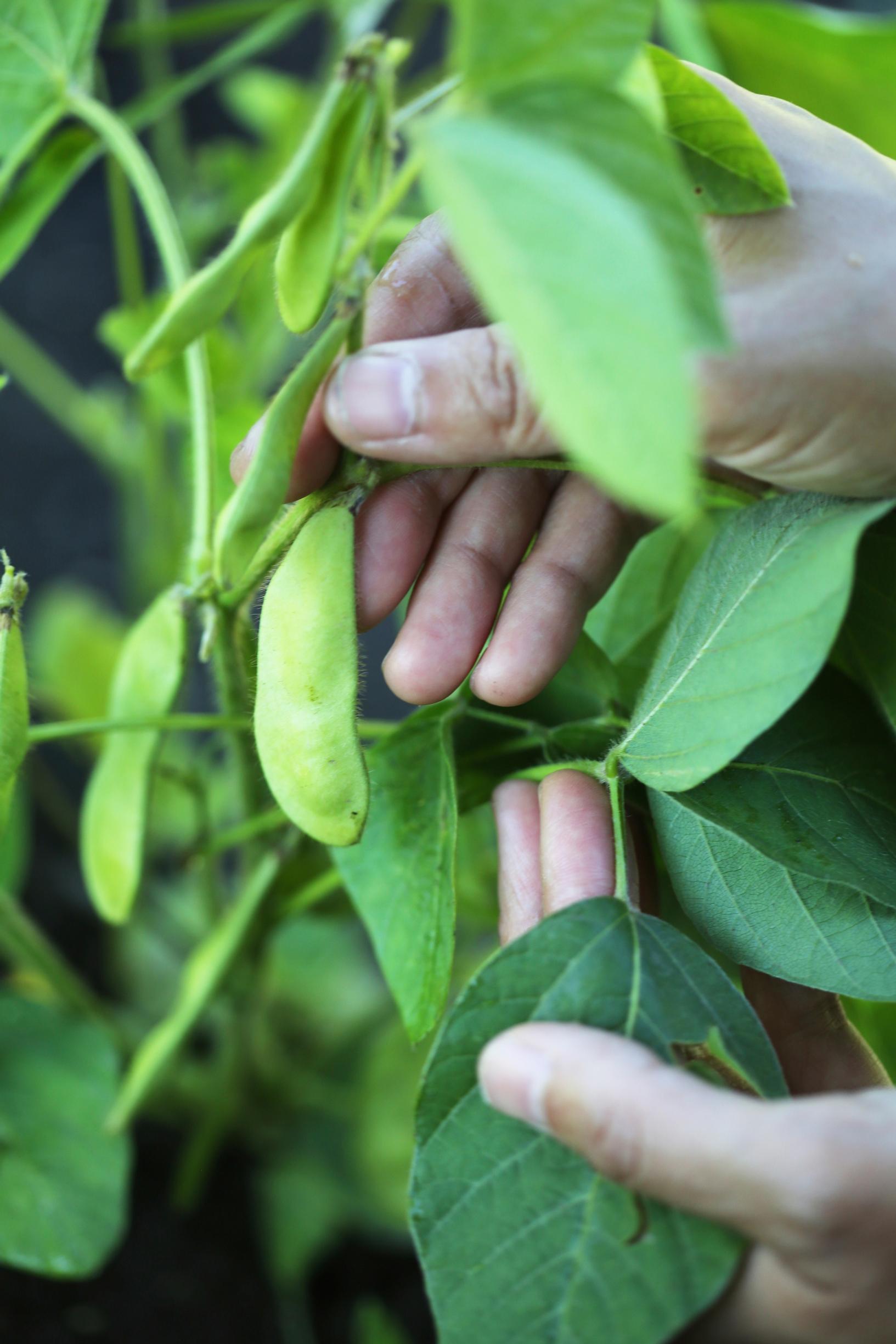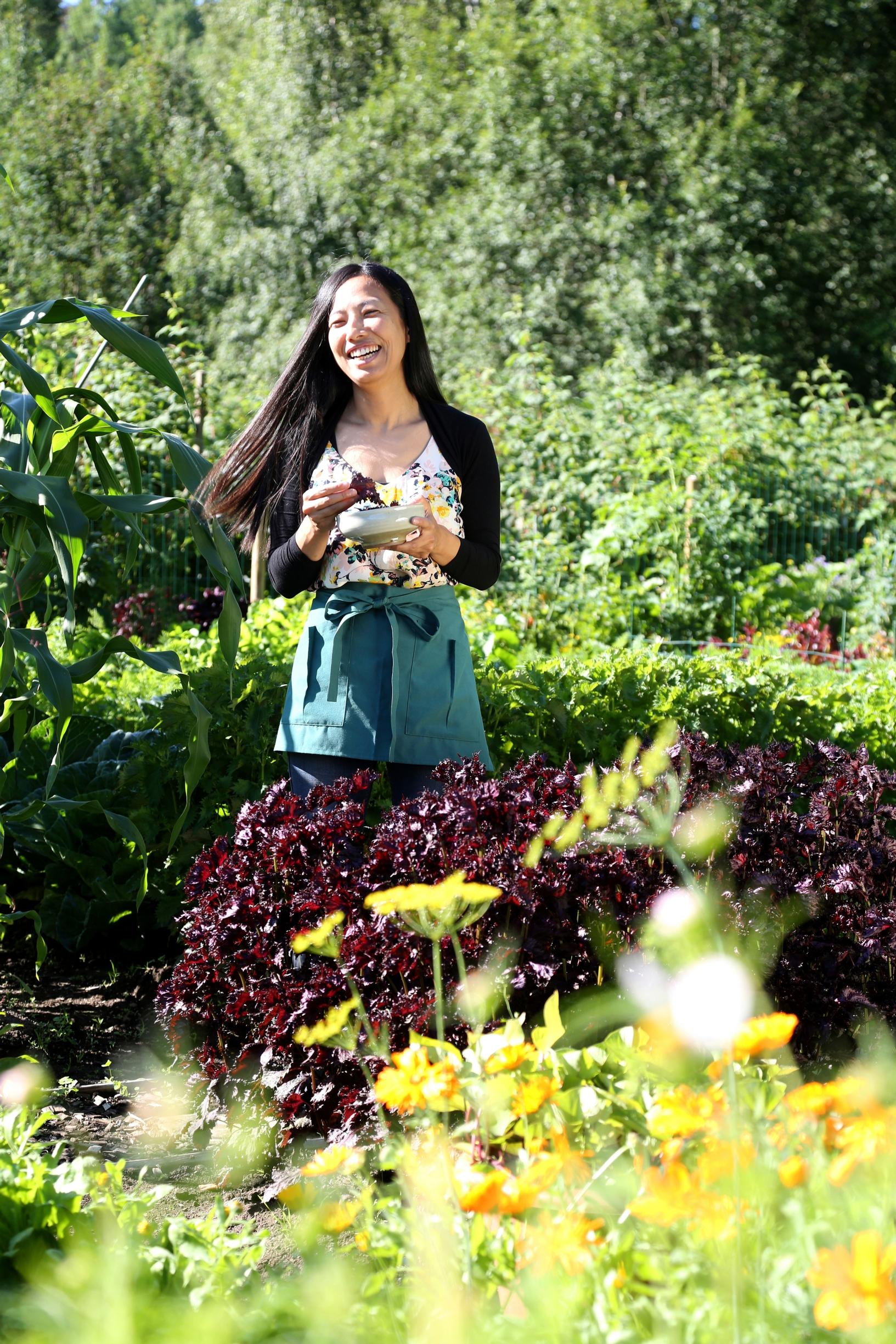
“Plant lovers have good hearts”—Kanako’s gorgeous allotment garden feeds both people and pollinators
Allotment gardening is Kanako Tamminen’s greatest passion. Besides the delicious harvest, it connects her to plants, nature, and like-minded friends. “The joy I get from my homegrown, delicious vegetables is simply incomparable,” Kanako says.
“When I was a child, I used to pick wild raspberries and collect four-leaf clovers on the hill near my home. I preferred playing outdoors rather than inside with dolls. Our garden pots at home were filled with lettuce, tomatoes, and cucumbers. Every day, my mother prepared breakfast, packed lunches, and cooked dinner, which we enjoyed on dishes made by my aunt, a ceramicist. The meals were varied and skillfully prepared.
My mother raised me to love vegetables. I loved watching cooking and gardening shows on TV, which taught me about nature, plants, and different foods. I always got top marks in biology, so I went on to study it at university.
My passion for plants continues to grow with no sign of slowing down.
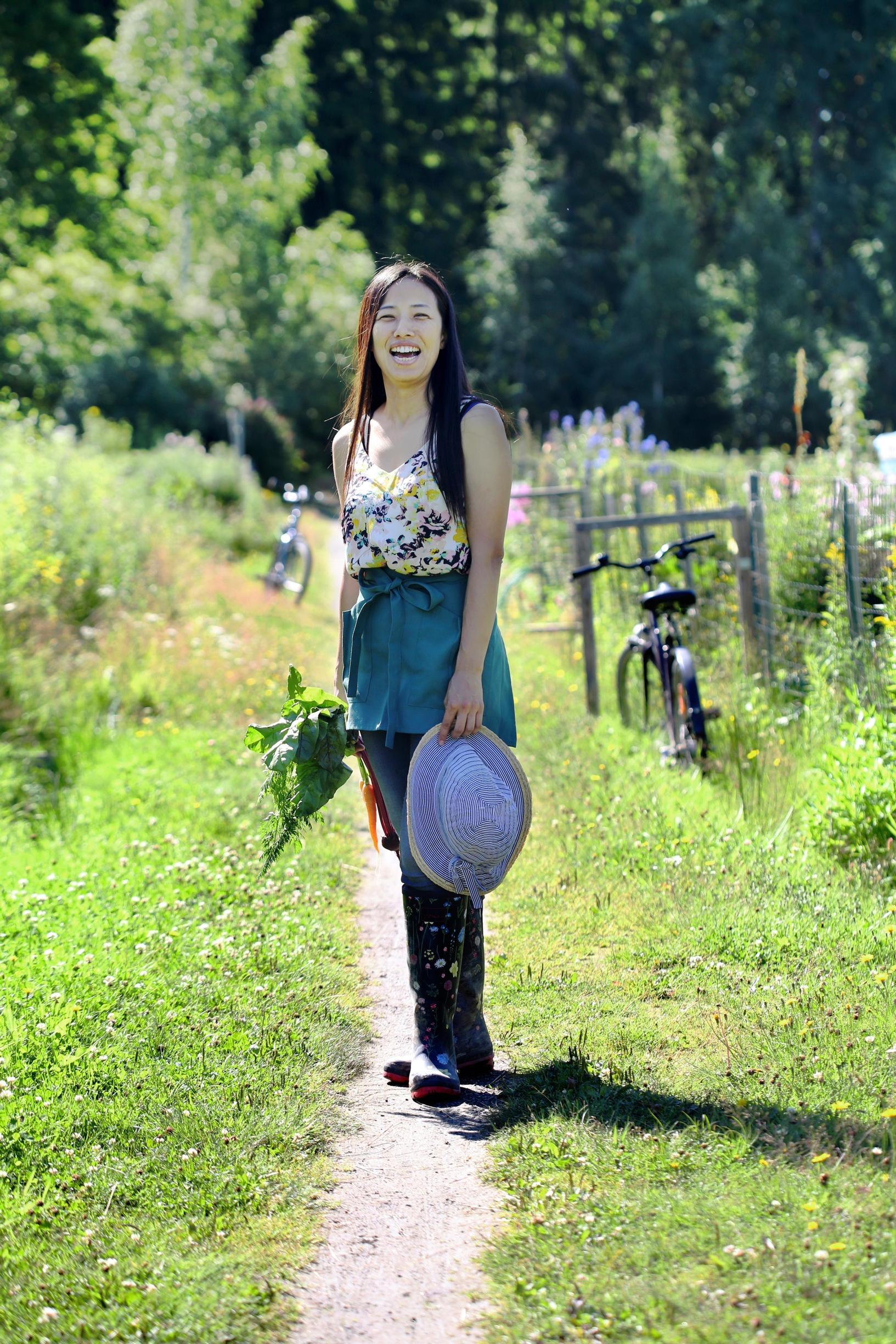
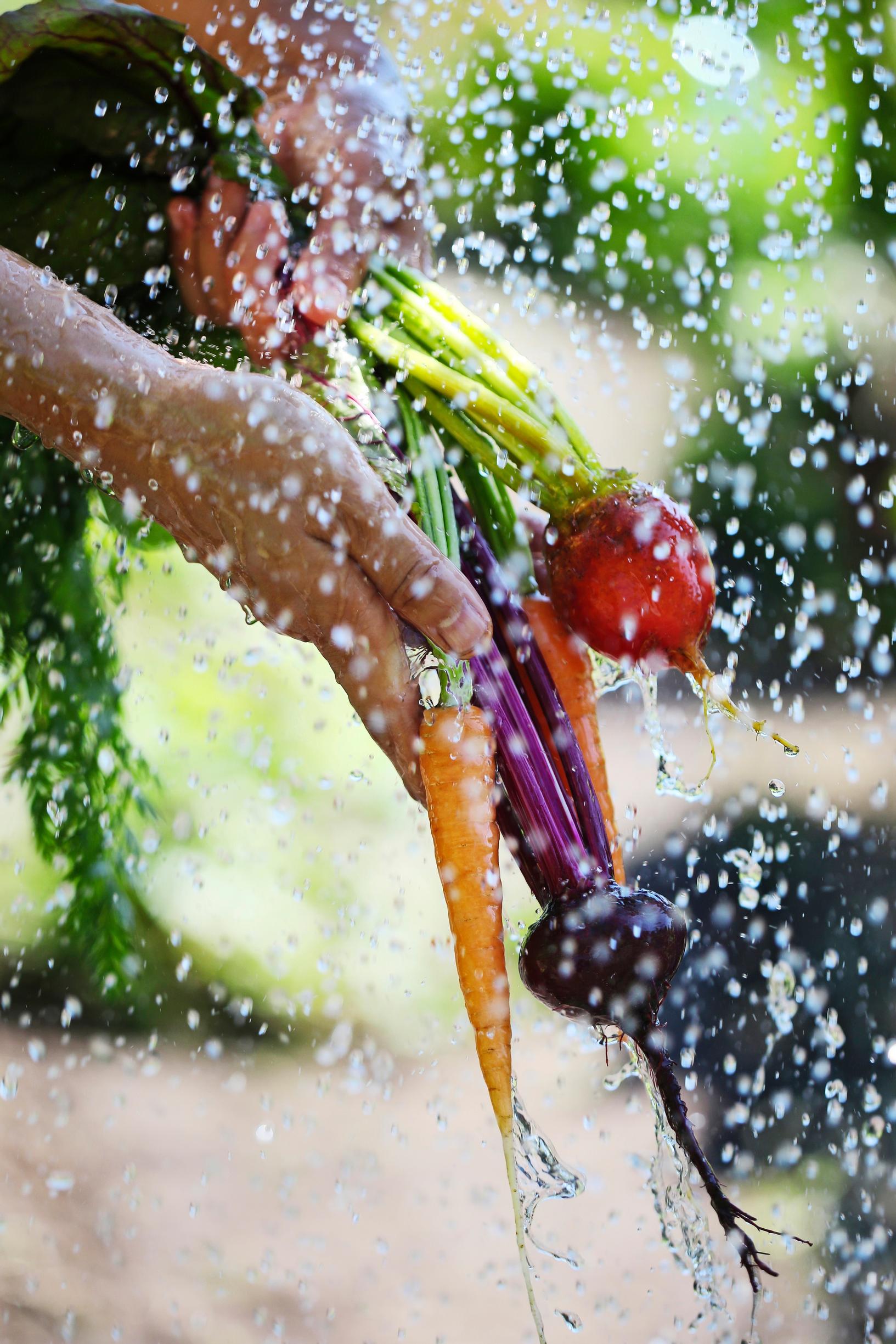
I came to Finland from Japan thirteen years ago. I was shocked by how hard it was to find fresh vegetables here. As someone who loves quality produce, I found this really disappointing. I tried to get used to it for a few years until a friend told me about city allotment gardens. I got excited—this could be the answer to my problem.
Many allotments in Helsinki have waiting lists over four years long, but I managed to find a plot that was available. When I sent an email inquiry, I was surprised to get a reply in somewhat funny but friendly Japanese saying there was a free spot on the allotment. Soon after, I met the sender, Ritva, who became my first allotment friend.
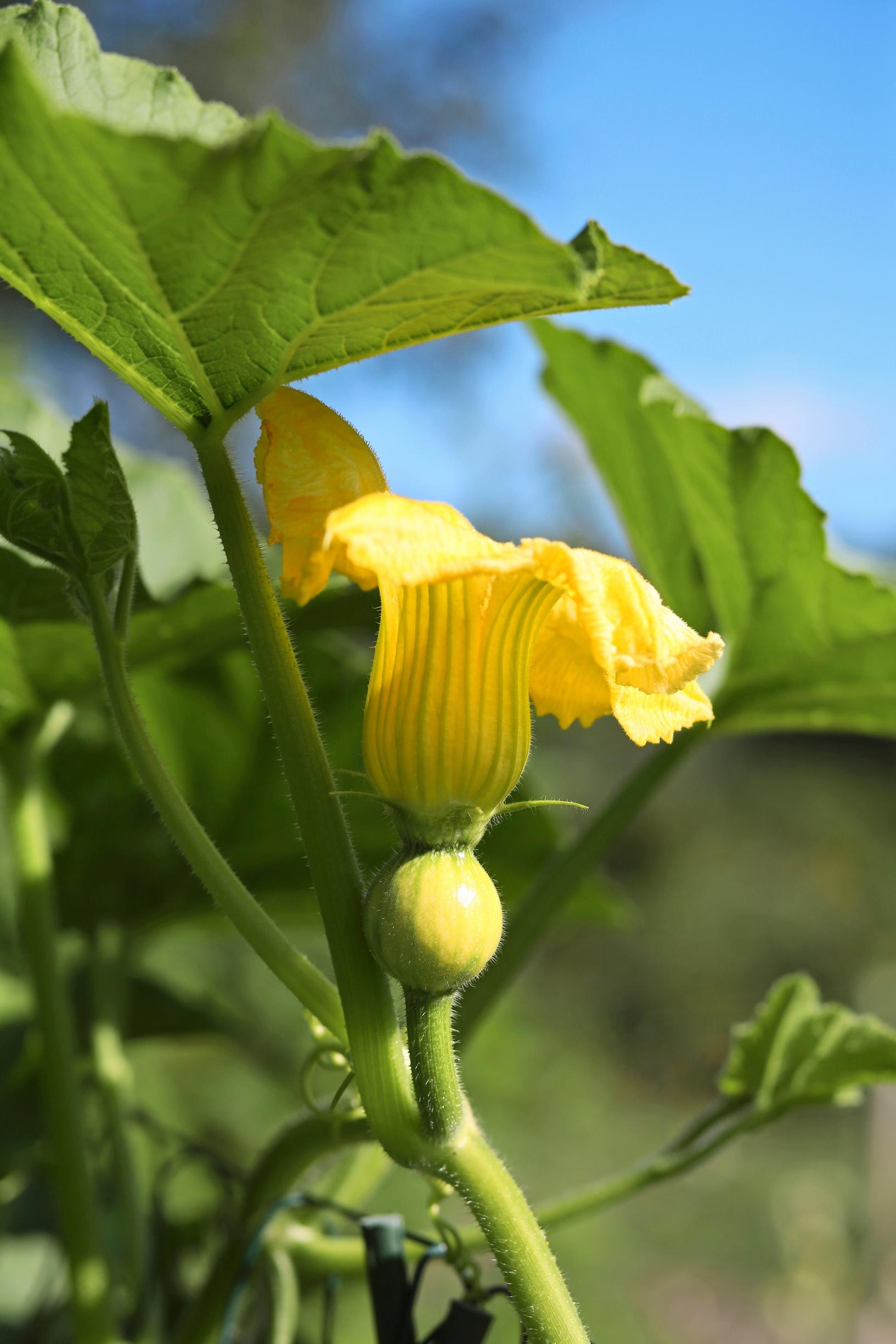
“Every year, I set myself a growing challenge and try a new method or vegetable.”
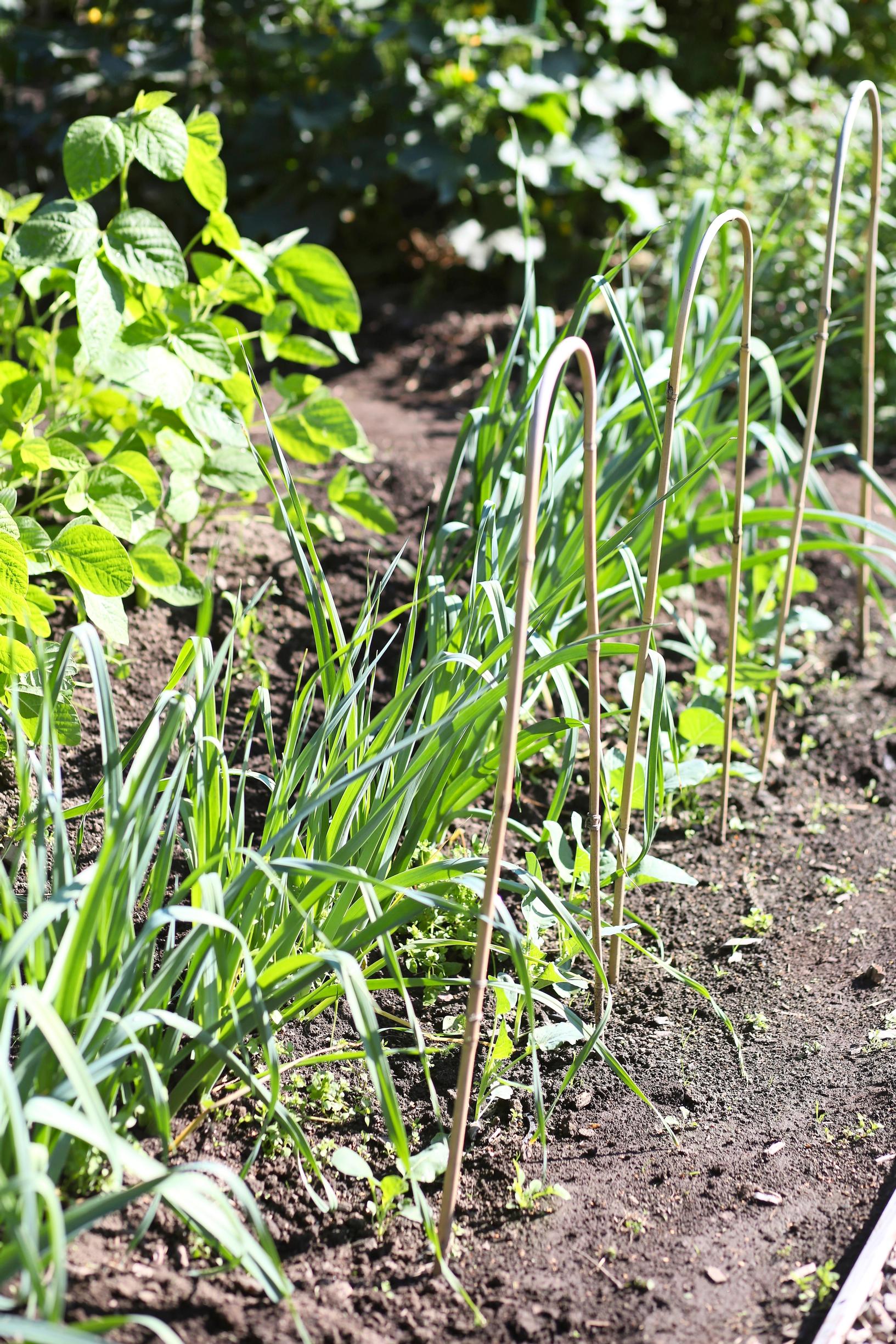
When you rent an allotment plot, you’re also renting a piece of nature. I choose and plant flowers so pollinators and butterflies can find food throughout the season. This is my small way of supporting biodiversity.
Every year, I set myself a growing challenge and try something new—either a method or vegetable. Last year, spring came late and my watermelons didn’t do well, but the cantaloupes exceeded my expectations. This year I’m determined to succeed with both. My allotment neighbors follow my experiments with great interest.

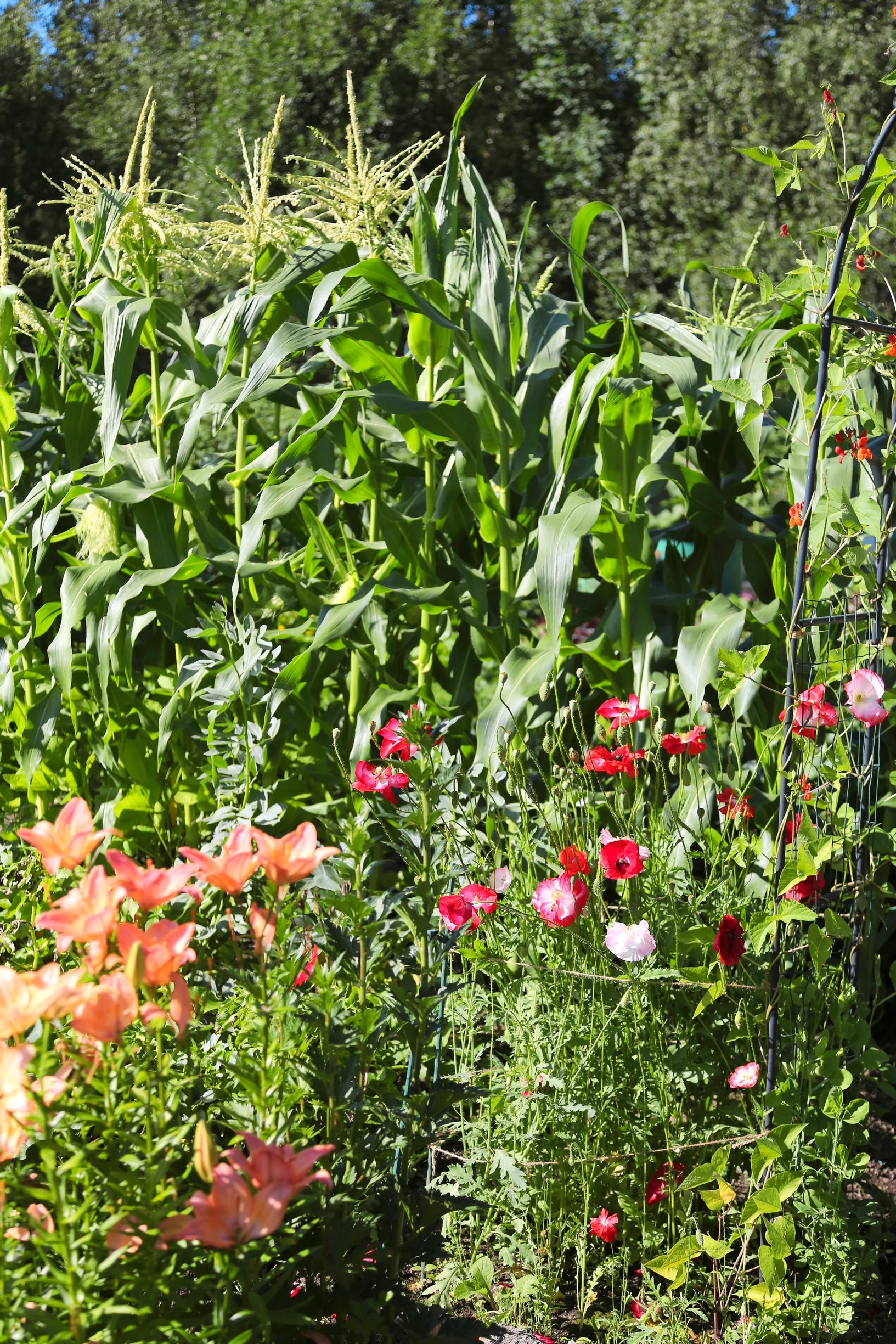
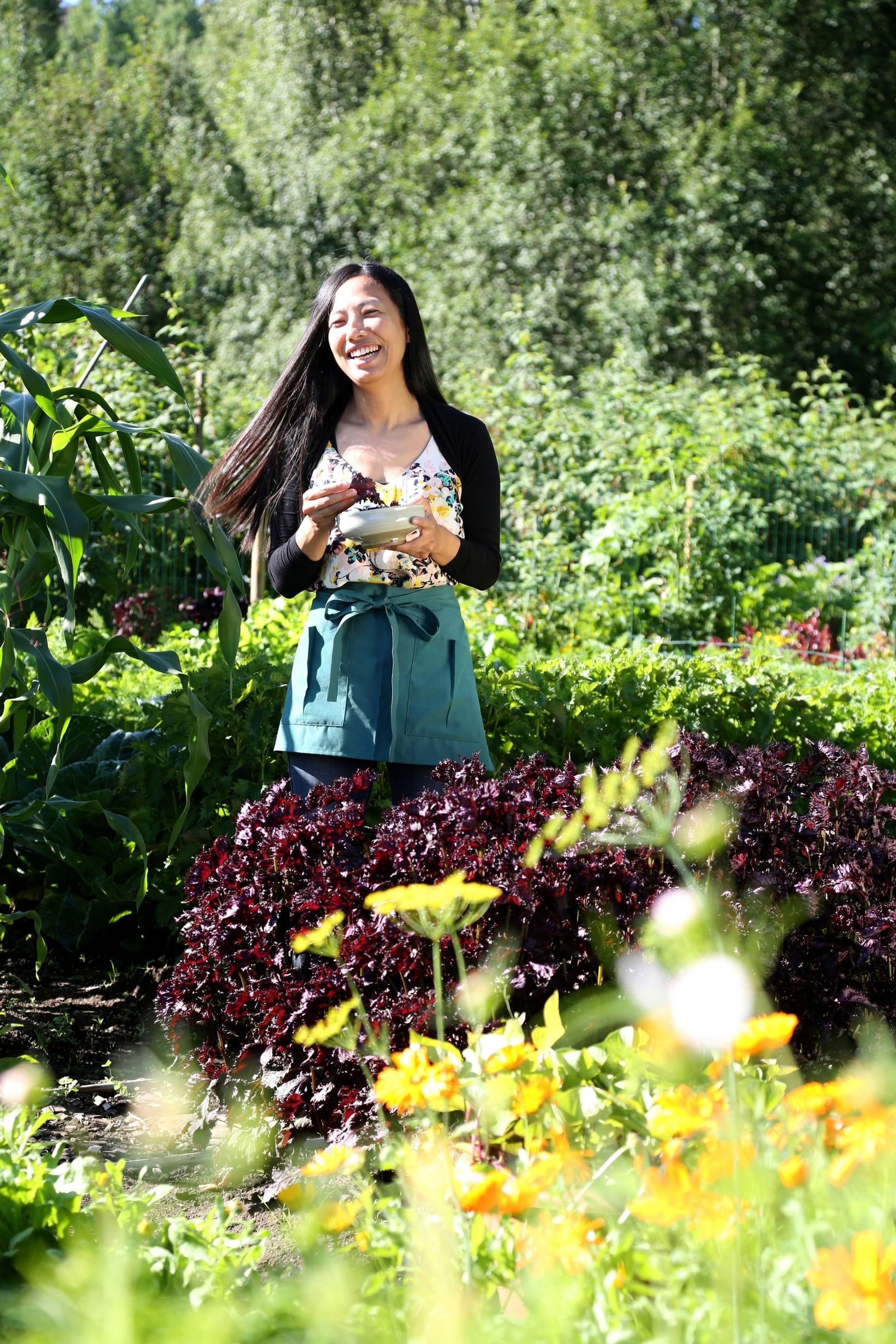
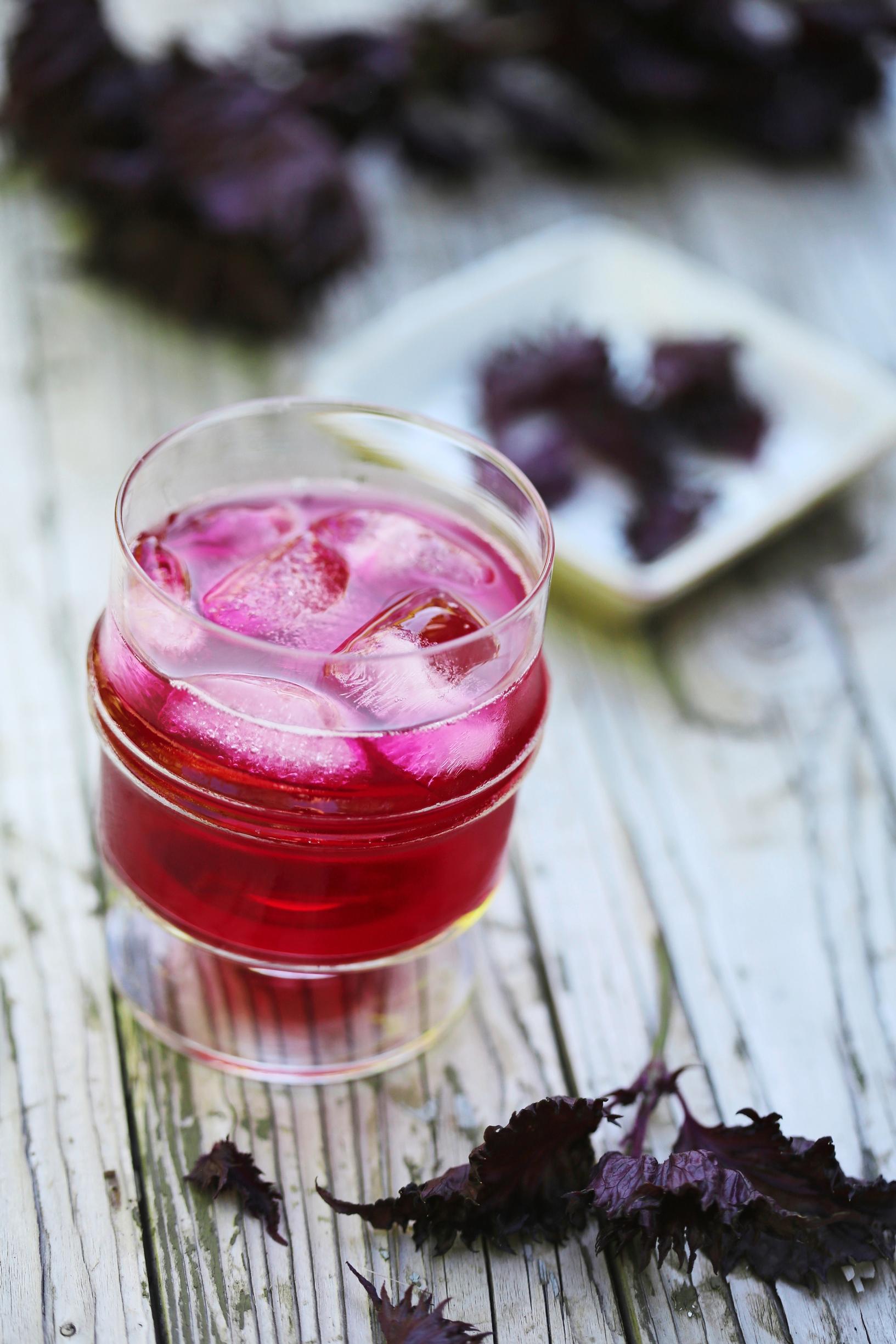
I believe that people who truly love plants have good hearts. I’ve been friends with my fellow allotment gardeners for years now. Sometimes I’ll suddenly hear someone call out, “Kanako, coffee time!”
It’s fun to chat with friends about everything under the sun, not just gardening. We eat cookies, drink coffee, and the conversation flows and flows. A couple of hours fly by in no time. Later, just as I’m about to head home, another gardener stops by for a chat and another hour disappears. On long summer days, I lose track of time when I enjoy my friends and my allotment.
I love when passersby stop to admire how beautiful and tidy my allotment looks. Some get inspired to apply for their own. Enthusiasm is a great starting point, but a well-kept vegetable garden won’t appear overnight or stay neat without regular attention.
When I first got my plot, it hadn’t been tended for years. I came here every day after work to clear weeds and turn the soil, whether it rained or not. Even with all that effort, it took three years to get the garden ready for proper growing.
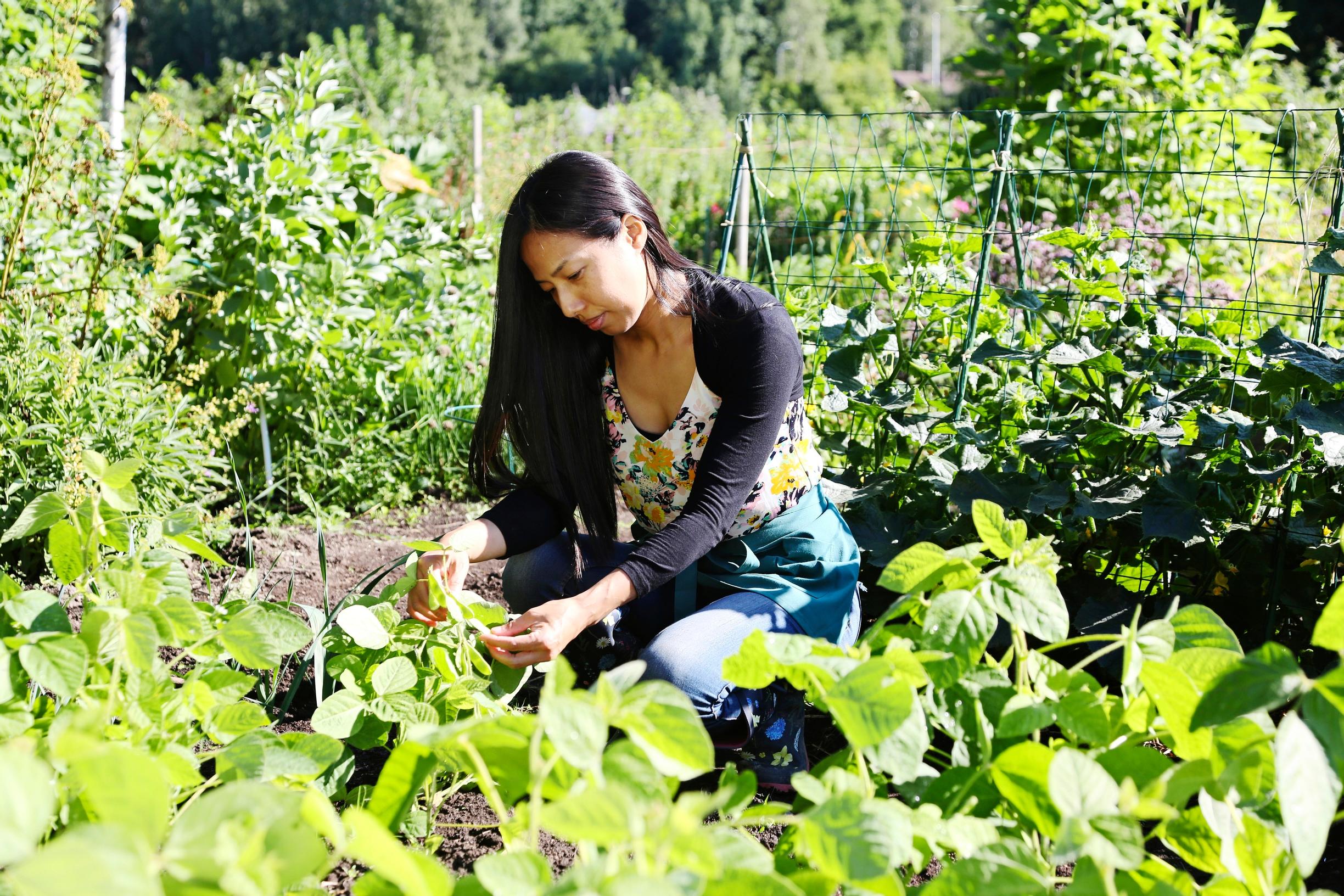
It takes real passion to care for a vegetable garden properly. During growing season, I can’t travel. My plants are waiting for me every day—they get thirsty and hungry. In the summer heat, watering the garden row by row is laborious. I often visit my allotment daily.
Growing your own food isn’t free; seeds, tools, and supplies all cost money. But after all the work and care, the joy of eating my own fresh, delicious vegetables makes it all worthwhile.
When I get tired from garden work, I rest in the shade. The allotment is near a beltway, but if I close my eyes and listen carefully, the traffic sounds like ocean waves. I hear the sound of the sea, birch leaves rustling in the breeze, and birds singing. In those moments, I feel completely connected to nature and nearly drift off in my chair. It’s the perfect way to enjoy the Finnish summer to the fullest.”
Kanako’s tips for a bountiful harvest
- Start pre-growing leeks in February. Plant the seedlings at the bottom of a 20-centimeter deep trench and gradually add soil as they grow to develop long white stems. Those are the tastiest and juiciest part.
- Pre-grow the fast-growing corn for just three weeks and plant out when the seedlings have three leaves. Longer indoor growing will actually slow down their development. Fertilize generously with chicken manure three times during summer.
- Sow soybeans directly into 15°C soil and cover with fleece. The seeds break easily when soaked and rot in cold, wet conditions. Black soybeans are less common than green but equally delicious. Choose early varieties and remember to water generously, especially during flowering.
- Use the same growing space multiple times each season. After harvesting early potatoes or onions, plant spinach, napa cabbage, or lettuce in their place.
- Wait until mid or late July to sow radishes to reduce pest problems. The cooler autumn weather also makes the roots deliciously sweet.
- Save space by training cucumbers and zucchini to grow up A-frame or other supports.
